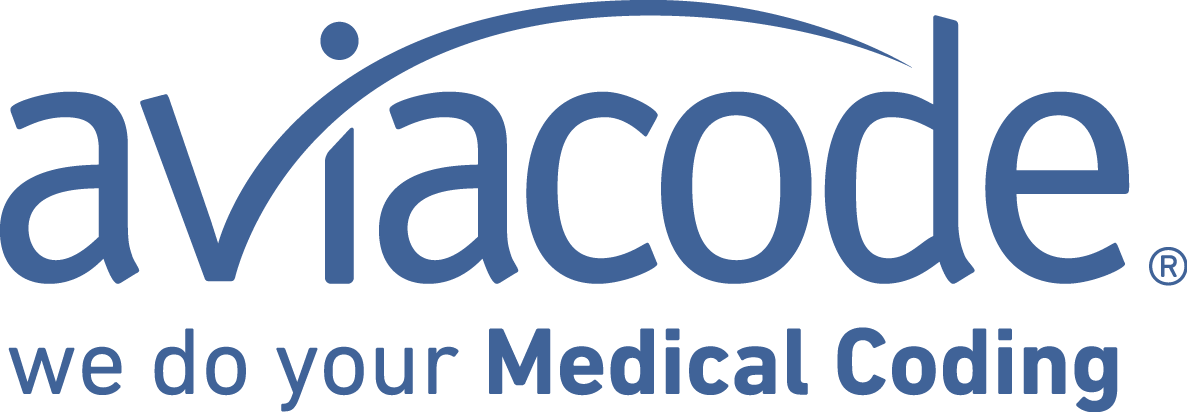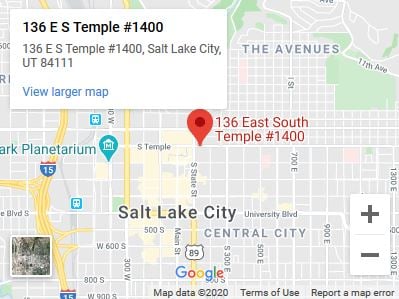Revenues hinge on proper medical coding. Without it, reimbursements will not come in, and the facility will not generate money. With the recently implemented ICD-10 standards here in the USA these codes will become under more scrutiny. Let's discuss the top 3 secrets to a successful medical coding reimbursement: 
1. Experienced Medical Coders
Previously, medical coders using ICD-9 spent an average of 12-15 minutes per chart with a turnaround period of about 69 days. With the implementation of ICD-10 it is now estimated that coders will spend an average of 33 minutes per chart with a turnaround period of about 139 days. Time lost means revenue lost. Without extensive preparation, inexperiened medical coders will directly impact the loss of revenue and increase in denied claims. Here at Aviacode we ensure all of our medical coders are not only ICD-10 Certified, but specialty specific subject matter experts for our clients coding. Our model has been followed not only by outsourced medical coding companies, but those medical practices that choose to keep their medical coding in house. Each and every one of Aviacode's Medical coders are AAPC or AHIMA certified with three or more years of experience and are required to pass specialty-specific exams.
It should go without saying, the first secret to a successful claim reimbursement starts with having an experienced medical coder. Without the right coder, you will not have the maximum reimbursement potential you are seeking out.
2. Innovative Technology
Here at Aviacode we constantly ask ourselves how we can improve turnaround times and accelerate the coding workflow. Decreasing the time it takes for a medical coder to receive clinical documentation, get the documentation transcribed into the proper medical codes, and securely return the documentation back to the provider will increase productivity and impact revenues. Impressive word per minute typing scores from our coders are great, but can only take us so far.
Nearly 15 years ago Aviacode introduced ProCoder, the innovative technology behind our medical coders. This technology allows the medical coding workflow to flow seamlessly, increasing productivity and mutually benefitting both coders and providers. Without the speed and careful quality assurance tools embedded into the ProCoder technology, our coders would not have the ability to maintain the high level of coding our clients have become accustomed to. It is imperative to include a medical coding technology in your medical coding efforts to maximize your reimbursement.
3. Compliance
Since 2009, when the HIPAA breach notification requirement took effect, nearly 31.4 million people have had their protected health information compromised in privacy and security breaches. The Office for Civil Rights (OCR), the HHS division responsible for enforcing HIPAA, has levied more than $25.1 million in fines against healthcare organizations responsible for violating the privacy and security rules. This 3rd and final secret is more of a what could happen if the medical coding is not done properly. The chance of a claim getting denied when not properly implementing secrets 1 and 2 is extremely high. When a claim gets denied, the money does not come in, and the workload does not pause. This creates a backlog which can often build up and affect the other documentation the medical coder has yet to get to. When these backlogs occur, revenues dip, and your chance at seeing an OIG or RAC audit increases substantially. The importance of setting up fail safes for your medical coders is imperative. Here at Aviacode we have multiple things we do to ensure compliance. We have a CARE engine that automatically scrubs each code and runs it through our ProCoder technology to double check accuracy and move it forward. The clinical documentation is then triple checked by our QA coding managers to make sure the CARE engine didnt miss anything. With this triple layer compliance protection, we are able to guarantee 95% accuracy on all of our coding. Without this triple check, or something similar, you will be at risk for audits, denials, and reduced reimbursements.
Conclusion
When these three principals are followed and executed properly, medical coders will be able to maximize revenues and minimize potential compliance issues. A successful medical practice uses these three pillars to support their medical coding. If your facility is struggling with any 3 of these things, Aviacode would be happy to take a look at your business and see what we can do to help!




